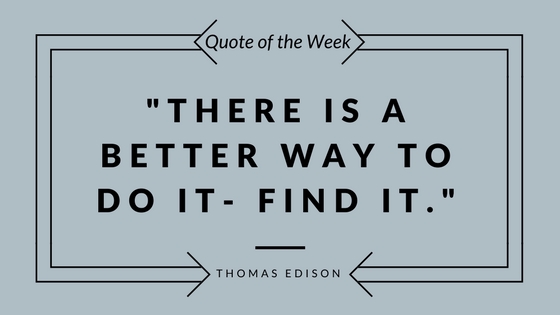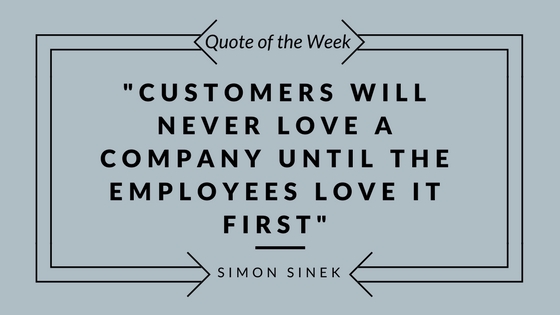5 Ways to Give More than a Check
Financial donations are highly valued for nonprofits. They can keep their doors open, employees paid, and causes moving forward. However, there is an opportunity companies have to give more. I will highlight 5 ways companies can give back in ways other than financial contributions.
- In Kind Donations
Gifts in kind are contributions of goods or services. These donations provide benefit for both parties. If a company has extra resources that are still in good condition, donating them to a nonprofit is the next step. Often these donations can be written off as well.
- Employee Work Day
An employee work day is a great opportunity. I know of a construction company, that twice a year rallies their staff around donating a Saturday morning to help with a Habitat for Humanity project. The employees are able to leverage their expertise and give back to the community. Times like this provide a way to incorporate your staff with your charitable giving and is a team bonding activity.
- Sharing the Non-profits Mission with Customers
Involving your customers by sharing a nonprofits mission can be inviable. Leveraging your communication channels for the benefit of an organization is one way to accomplish this. Another way is to collaborate on collateral that involves both parties’ visions and give information on the partnership. I believe customers will see value in your efforts as a company and the organization will benefit from the PR.
- Job Training Resources//Education
Your company has a niche, something you excel in and use to draw your customers in. What about leveraging that knowledge and sharing it with an organization’s members? Taking a morning to share customer service tips, or holding a seminar to explain tracking SEO. These are just a few examples, but using the knowledge that your company and employees possess to equip a nonprofit could be an invaluable experience.
- Long-Term Commitment
In my opinion, identifying a key nonprofit you can invest in is crucial. You can then spend your time, resources, and money building a lasting relationship. It is vital for charitable organizations to have partners for the long haul. Like most business and personal relationships, investing in the future can change everything about the present.




